



















http://www.w3.org/2006/Talks/0525-ka-voice/
Kazuyuki Ashimura
<ashimura@w3.org>
25 May, 2006

Applying Web technology to enable users to access services from their telephone.
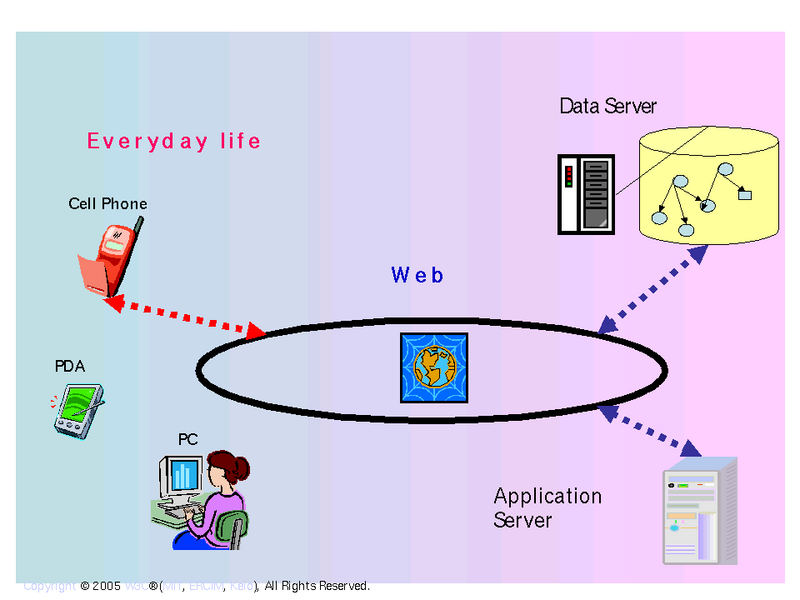
Modular approach faciliates application development, maintainance, debugging and reuse.

<phoneme>, <say-as>, ...)
I'd like to go to Menzies Belford Hotel.
Which is better?
Can you understand me, and take me to the hotel?
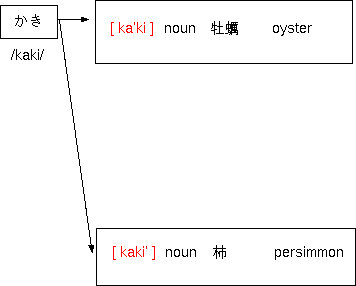
|
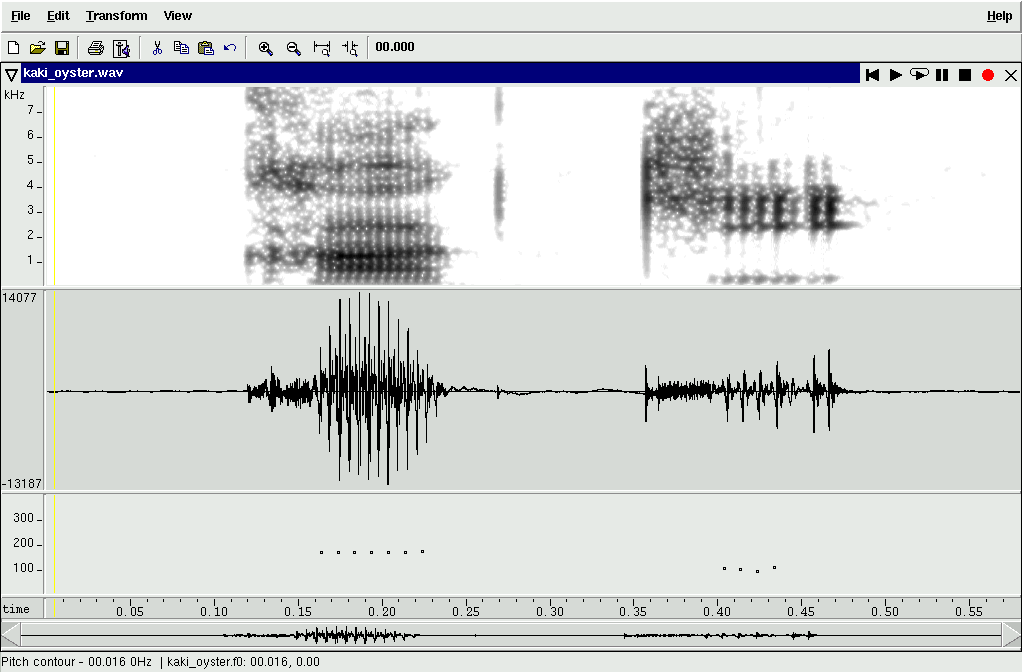
|
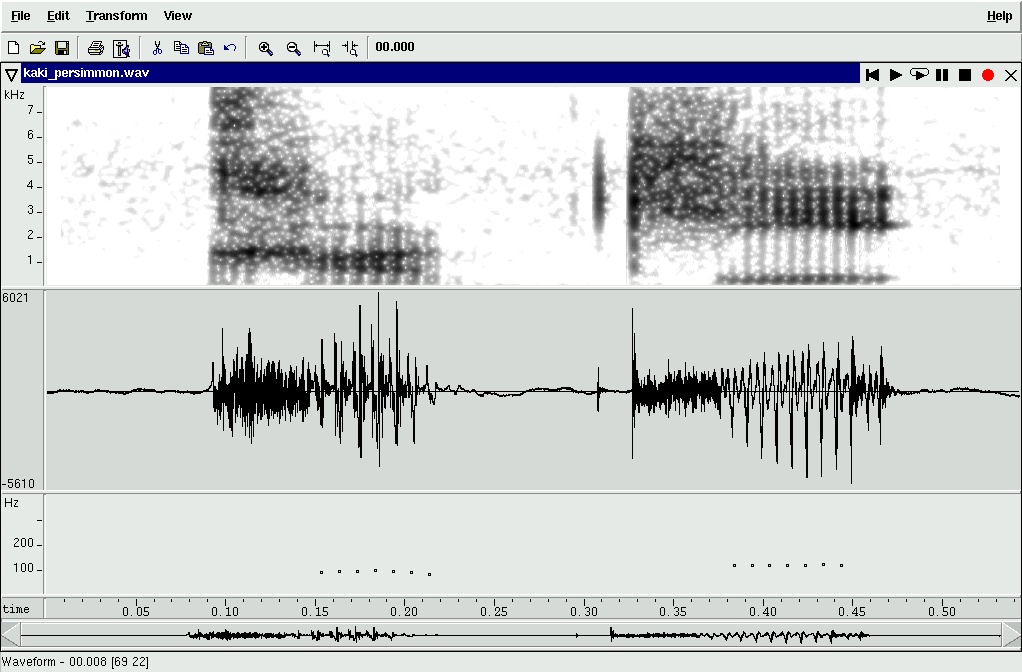
|
Note: "'" means that there is an accent nucleus (= perceived pitch falling).
| Person A: |
"お昼ごはんを食べましょう" (o-hiru gohan wo tabe masho) Shall we go to lunch? |
|---|---|
| Person B: |
"うん" (un) Yes or No... |

|
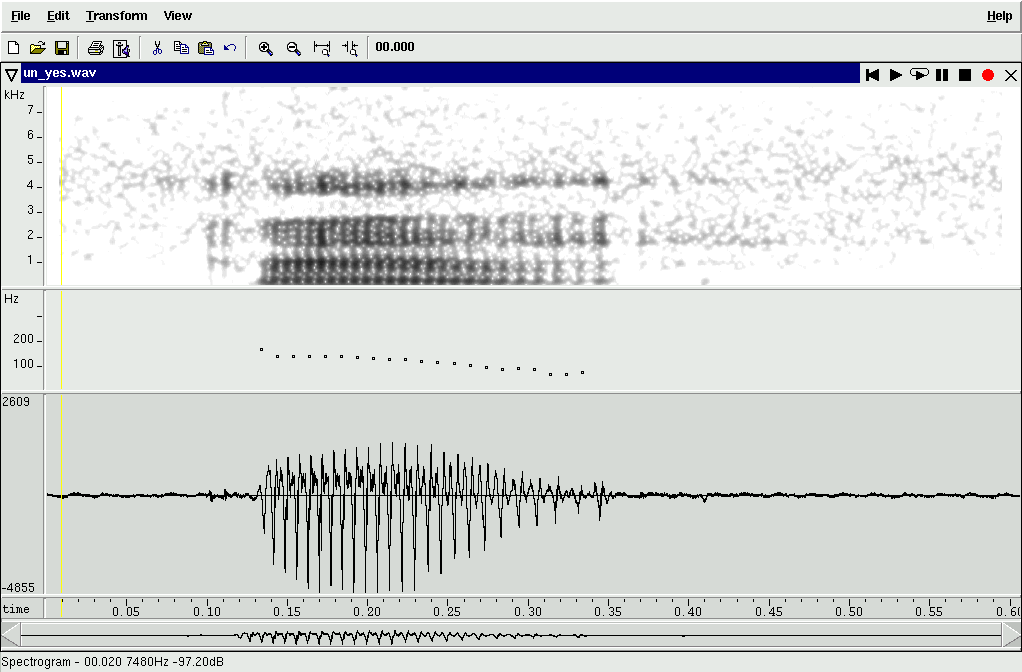
|
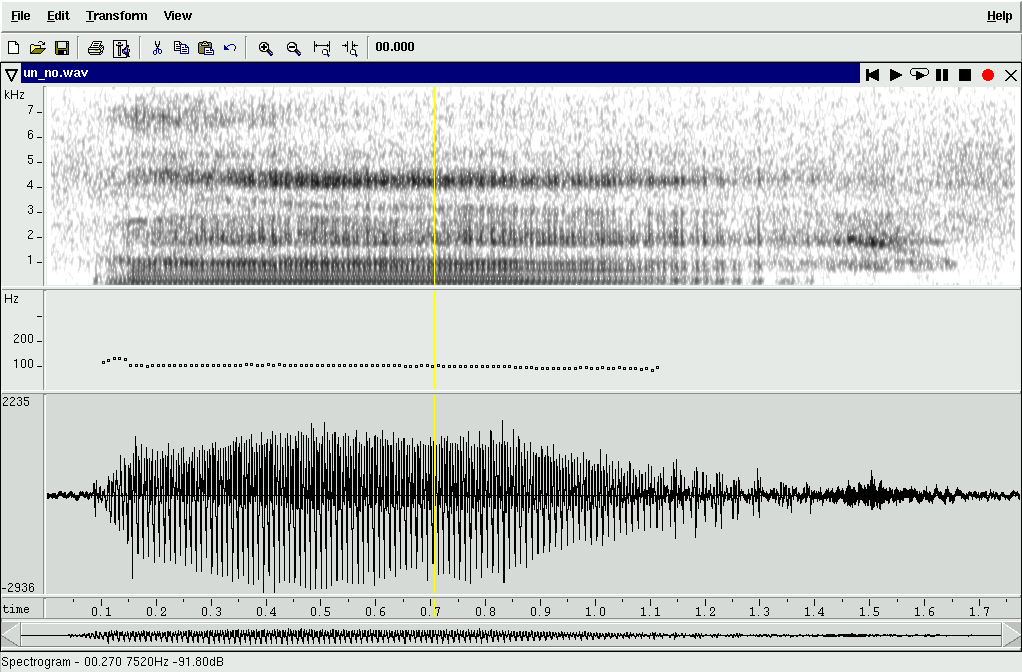
|
Thanks!
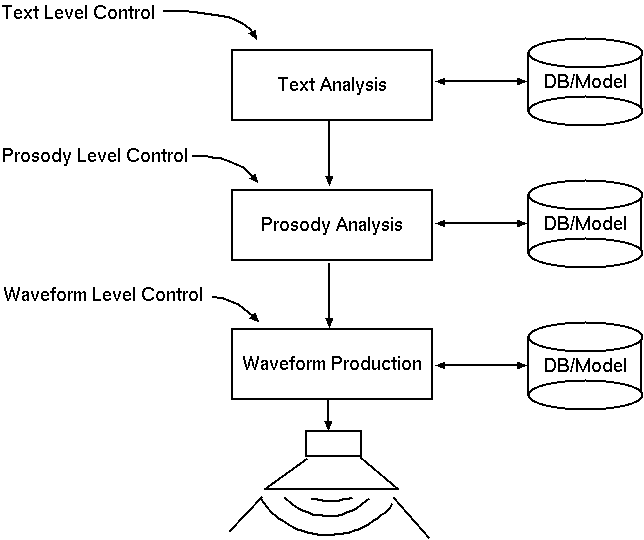
|
According to
Fujisaki
,
prosodic information is classified into three categories.
Therefore we should consider these three categories when we discuss prosodic controls.
| Items in black: | Examples of potential controls borrowed from Fujisaki's definition |
|---|---|
| Items in red: | Elements for prosodic controls in SSML 1.0 |
| Category of prosody | Input Level | ||
|---|---|---|---|
| Text Analysis | Prosody Analysis | Waveform Production | |
| Linguistic Information |
|
? | ? |
| Paralinguistic Information |
? |
|
|
| Nonlinguistic Information |
? | ? |
|